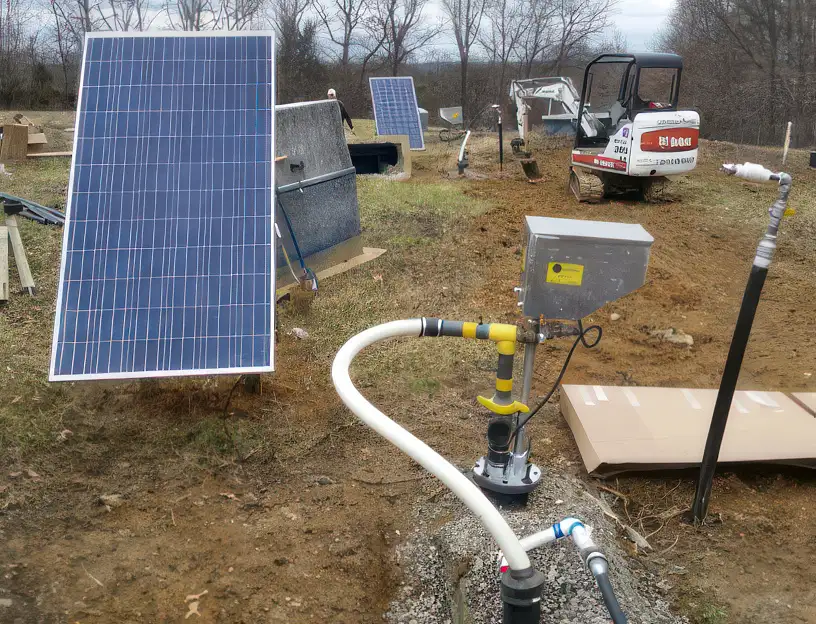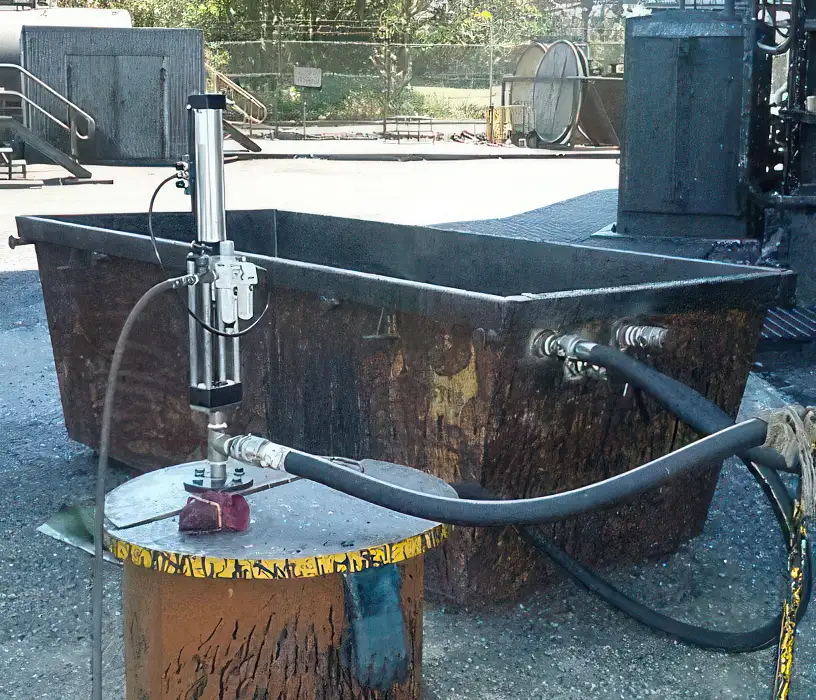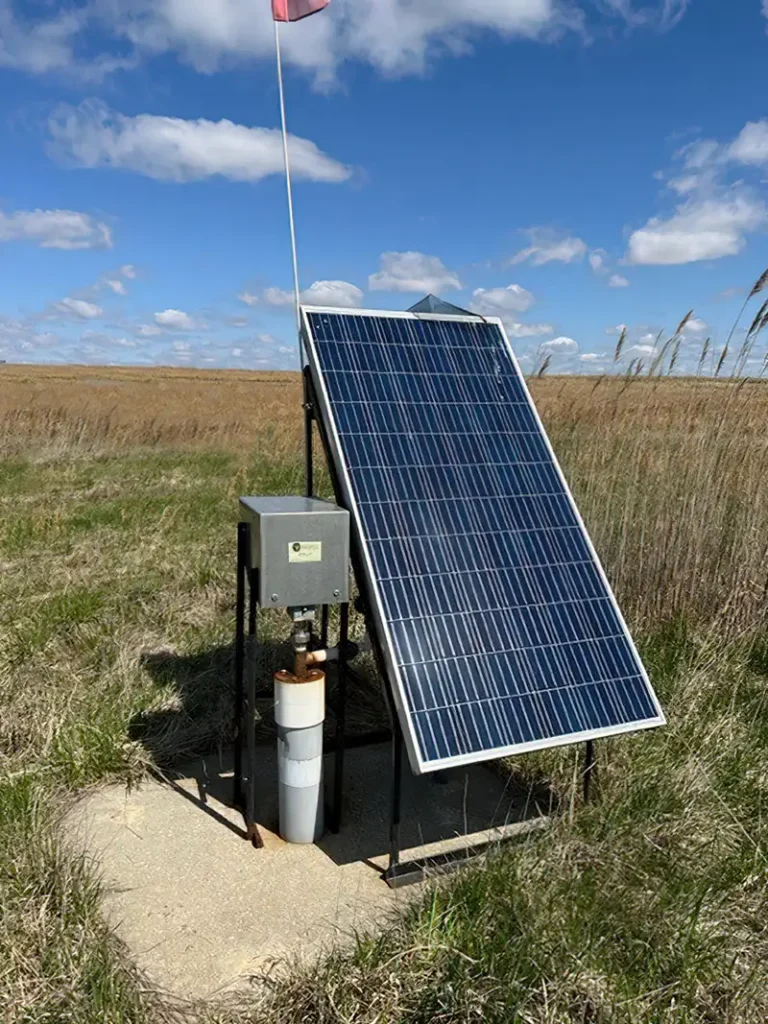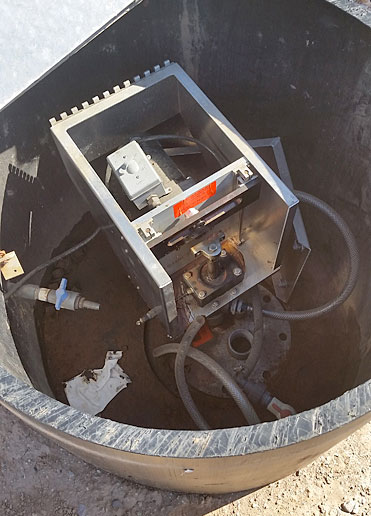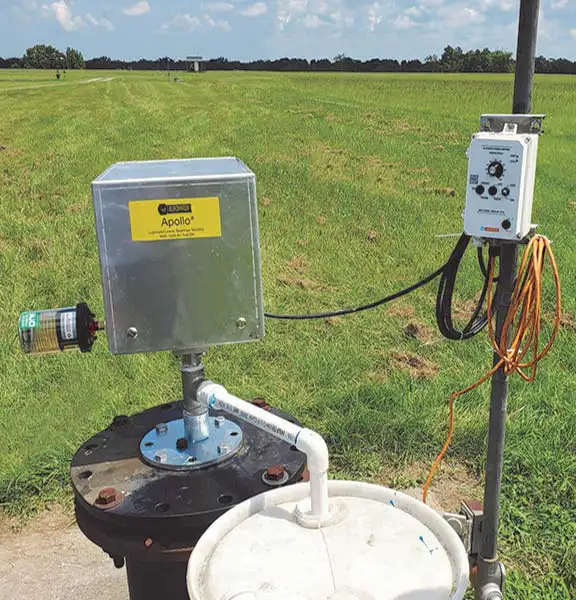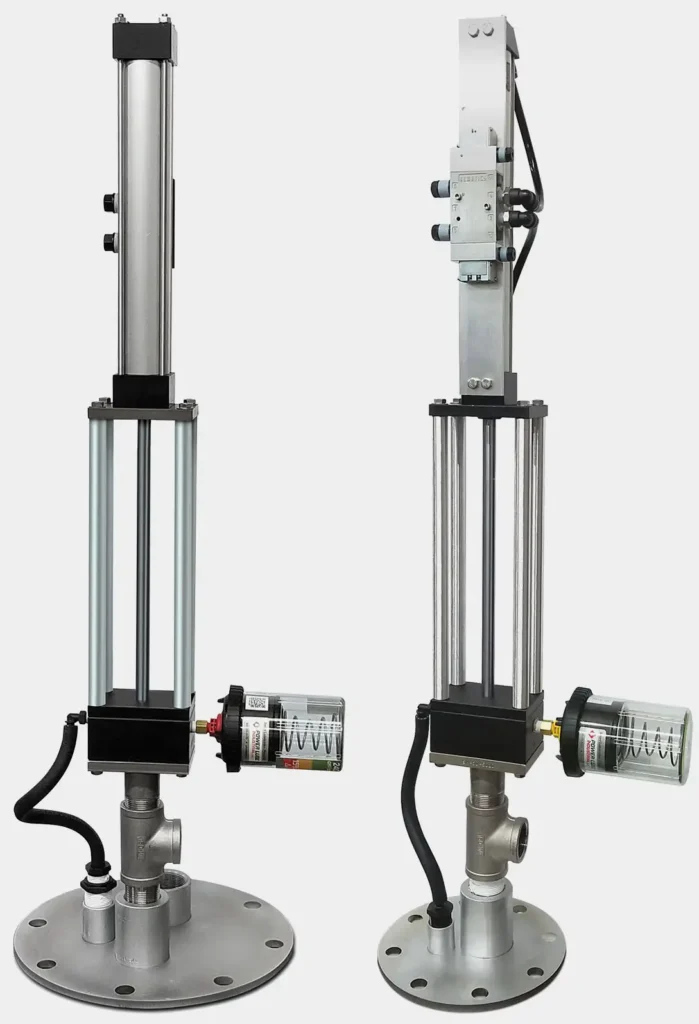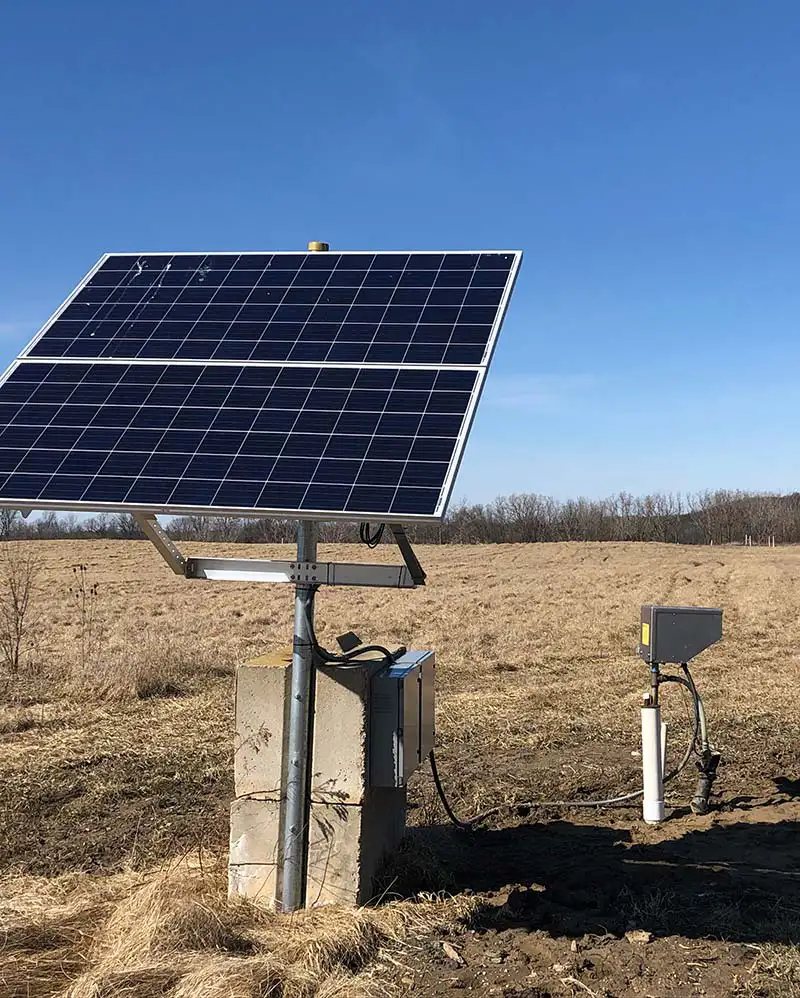Solar Apollos dewatering closed 1955 landfill that still generates smelly gas
Municipalities, counties responsible for thousands of closed sites
Apollo Solar Piston Pumps™ from Blackhawk Technology Company were the choice of a nationally respected engineering firm to remove groundwater and condensate from new gas-extraction wells at an East Coast landfill closed in the late 1970s after being designated a Superfund site.
Counties and municipalities across North America are responsible for thousands of closed landfills, often commissioned before the advent of effective liners. Old landfills can still generate methane, and many have remediation issues for seeping leachate.
